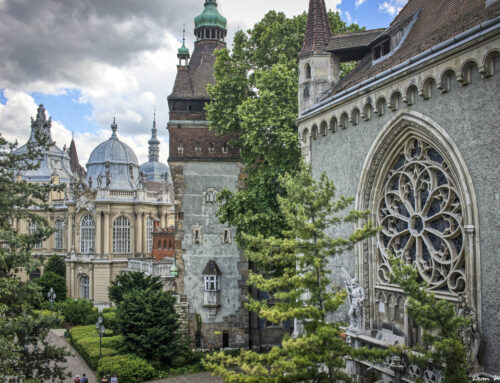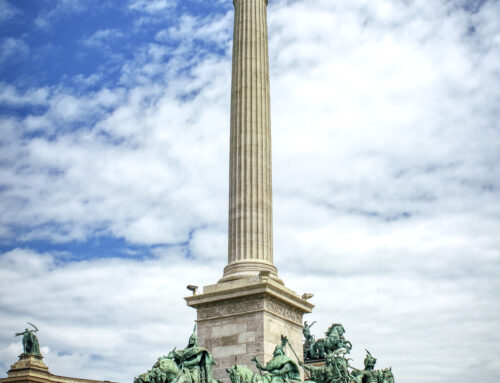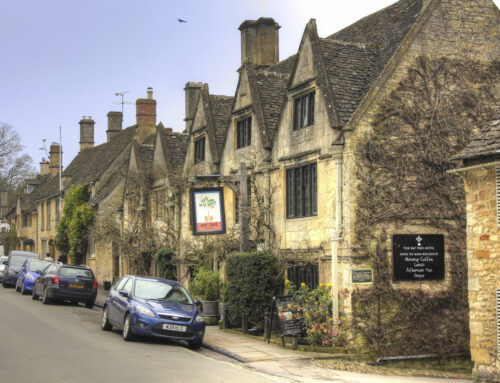This post may contain affiliate links. If you make a purchase by clicking on these links, I may earn a small commission at no extra cost to you. Read the disclaimer for more information.
We had spent the morning exploring the historic town of Glen Innes on the New England Tableland of New South Wales, Australia. It was a chilly morning as we walked around, so I was quite happy to enjoy the warmth of our camper van as we continued to drive south to Uralla, our destination for the day.
As we had travelled through the New England area I had heard a lot about a fellow named Captain Thunderbolt, and it seemed that Uralla was the center of it all. I was intrigued to learn more about what was so special about him, but we skipped through Uralla to get to our camp site in the fossicking area on the Rocky River outside of town.

Our campsite on the Rocky River
We camped at a nice peaceful spot next to the Rocky River amongst dry eucalypt forest, and then the following day, since we had made an early start and didn’t have far to go to our next spot, we decided to make a quick stop in Uralla. We found ourselves at the old cemetery in town where Captain Thunderbolt’s grave is located.

The old cemetery in Uralla. Most graves are from the 1800’s
It turns out that Captain Thunderbolt is perhaps more infamous rather than famous, since he is known to be one of Australia’s longest surviving Bushrangers with his stint of six and a half years of avoiding the authorities. Captain Thunderbolt’s actual name was Frederick (Fred) Ward and was born in 1833. He first managed to get himself into trouble in 1856, when he joined a relative’s horse stealing gang and found himself sentenced to 10 years in prison at the infamous Cockatoo Island in Sydney Harbour.
Fred Ward was released from prison with a ticket of leave after only four years, and he ended up working on a station where he met Mary Ann Bugg who soon fell pregnant with his daughter. When Fred took Mary Ann back to her Father’s farm for the baby’s delivery, he was in breach of his leave regulations. This, plus the fact that he was also accused of stealing another horse, put him back in prison to serve out the rest of his sentence, as well as another three years for stealing the horse.
Fred escaped Cockatoo Island with another prison inmate in 1863, and they fled to the Uralla area in New England, where he began his bushranging days and named himself Captain Thunderbolt.
Captain Thunderbolt spent the next six and a half years teamed up with various accomplices, avoiding the authorities and robbing random people and establishments all over New England and beyond. Thunderbolt died near Uralla, just after one last robbery at what is now known as Thunderbolt’s Rock, when he was shot by a constable.

Captain Thunderbolt’s grave
Although Captain Thunderbolt was obviously an outlaw, Uralla seems to highlight him as a huge part of it’s history. I stood there at his grave, where the dates really stuck out to me. 1833 – 1870. A short life. I wondered what Fred Ward’s life would have been like if he had simply mixed with a better crowd. No one will ever know.







[…] in Uralla, Australia, I did just that. We went to the old cemetery in town to see the grave of Captain Thunderbolt, an infamous bush ranger from the area, and what we found were a lot of very old gravestones from […]